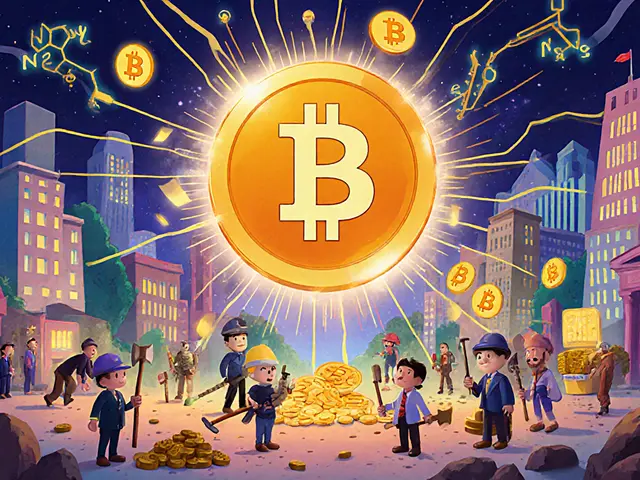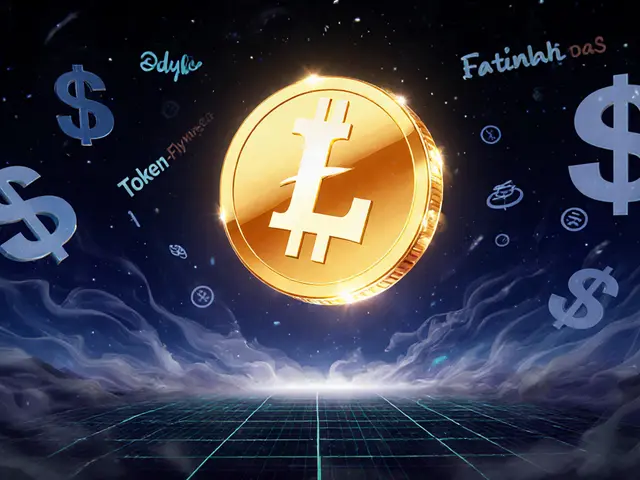Skycoin (SKY) is a unique cryptocurrency built from scratch to replace Bitcoin's flaws. It uses Obelisk consensus, no mining, and Coin Hours for feeless transactions. Its real goal? A decentralized internet called Fiber. Learn how it works - and why it's still obscure.
Skycoin: What It Is, Why It Mattered, and Where It Stands Today
When you think of Skycoin, a blockchain project launched in 2013 that aimed to replace Bitcoin with a faster, fee-free, and decentralized network. Also known as SKY, it was one of the earliest attempts to build a full-stack crypto ecosystem—not just a currency, but a whole internet layer built on its own chain. Unlike Bitcoin, Skycoin didn’t rely on mining or proof-of-work. Instead, it used something called Obelisk, a consensus algorithm based on network trust and node relationships. It wasn’t just about sending coins—it wanted to power a decentralized web browser, a messaging app, and even a marketplace—all inside one system.
That’s where Skycoin got interesting. It wasn’t chasing hype like most altcoins. It had a real vision: a web where users owned their data, didn’t pay transaction fees, and couldn’t be censored. The team even built Skywire, a peer-to-peer network that let people rent out their unused bandwidth to create a decentralized internet. Think of it like a crypto version of a community Wi-Fi grid, but with tokens as payment. It didn’t need big data centers or cloud giants. Just your router and a Skycoin wallet. That’s why early adopters called it the "Bitcoin killer." But here’s the thing—no one else built anything like it. And when the crypto market shifted to DeFi and NFTs, Skycoin stayed stuck in its own world.
Other projects like Bitcoin, the original cryptocurrency built on proof-of-work and limited supply and Ethereum, a programmable blockchain that turned crypto into a platform for apps grew because they let developers build on top of them. Skycoin didn’t offer smart contracts. It didn’t attract builders. It was a closed system with a loyal but tiny group of users. Over time, the price dropped. The team went quiet. The website stopped updating. Today, you can still trade Skycoin on a few obscure exchanges, but volume is near zero. No one’s talking about it. No one’s building on it. And yet, its ideas—decentralized internet, fee-free transactions, node-based consensus—are still relevant. Maybe not in 2025, but the lesson is clear: having a good idea isn’t enough. You need adoption, community, and the ability to evolve. Skycoin had the vision. It just didn’t have the momentum.
Below, you’ll find real posts about crypto projects that rose, fell, or quietly survived—some with airdrops, others with real tech, and a few that vanished without a trace. Skycoin is one of them. But it’s not alone. And understanding why it failed might just help you avoid the next one.





